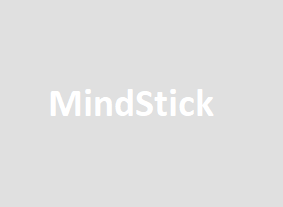On your
system you can install different- different OS on different different drive. For
example you can install windows 7 on c drive and install Linux on d drive.
When you
have installed two OS then it ask you option for to open selected window
otherwise it will be open default selection.

Creating a Windows 8 Installation medium-:
You have need a Windows 8 Installation DVD/USB-Stick or an upgradeable version of Windows to download the necessary files and put them into a bootable format. If you already have a Windows 8 installation medium, you can simply jump to step 2. Users of an older 32-bit Windows will also only be offered a 32-bit version of Windows 8. If you want to circumvent that and gain access to the 64-bit version (advisable of you have more than 4 GB of memory), try using the PC of a friend with a 64-bit Windows version to follow these steps. Don’t worry - you will receive the license number for Windows 8 in your own mail in either case.
In Windows Vista and 7
Creating a
boot medium is rather easy in Vista and 7. After downloading the upgrade files,
look for the option to create a bootable DVD or USB stick in the upgrade
assistant and follow the instructions. After preparing the device, proceed with
step 2 further below.
In Windows XP
In Windows
XP, things get a little trickier. Unfortunately, the Upgrade Assistant fails to
offer the option to create a bootable device here. To compensate for that, you
can download the free tool Imgburn and put the upgrade files onto a bootable
disk manually:

Start Imgburn and select „Write files/folders to disk”. Click on the small button with the image of a folder in the middle. (called “Browse for a folder…” in the tooltip). Head to the hidden folder “C:\ESD\Windows” and select it. Switch to the tab “Advanced”, followed by “Bootable Disc” and tick the box „Make Image Bootable“. Enter the line “C:\ESD\Windows\boot\etfsboot.com“ into the field „Boot Image“ and the number “8” into the field “Sectors to load”. Insert an empty disk on your tray and click on the huge button to the bottom left to begin burning.
Installing the Upgrade on an empty hard drive
On windows installation choose Custom: Install Windows only (advance). The assistant will also ask you for your upgrade license at some point, which it should accept without any fuss. 
After Windows has finished installing, however, it refuses to be activated.
To fix these
problem to hold down the Windows-key + R and enter cmd. Enter regedit into
the command line tool to bring up the Registry Editor of Windows. In the left
panel, navigate along the path
“HKEY_LOCAL_MACHINE\SOFTWARE\Microsoft\Windows\CurrentVersion\Setup\OOBE”

After follow
below steps, Now Restart your
system. After your PC has booted up again, the activation process should
initialize itself automatically.


Leave Comment